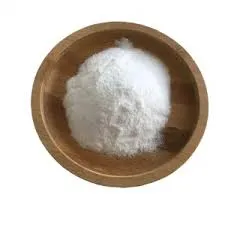

In wastewater treatment, pH adjusters and neutralizers hold significance in maintaining the balance necessary for optimal microbial activity. Sulfuric acid and sodium hydroxide are widely used to achieve this balance. The precise pH level configuration is critical, often determined by online sensors and automated dosing equipment that ensure acid-base equilibria are maintained efficiently, thereby enhancing treatment efficacy. Anti-foaming agents, although sometimes overlooked, are critical in specific water treatment scenarios. Silicones and alcohol-based compounds are frequently employed to curtail foaming, which can disrupt processes and lead to inefficiencies. The strategic application of anti-foam agents, often in combination with other treatment chemicals, underscores meticulous process management and fine-tuning. Lastly, specialized chemicals such as chelating agents address specific mineral and metal ions challenges. These agents form stable complexes with metal ions, preventing precipitation and scaling. Their application is crucial in industries such as textile and pulp processing, where water purity must be maintained at high standards. In the context of environmental and human safety, the application of water treatment chemicals demands adherence to rigorous standards set forth by regulatory bodies like the EPA and WHO. Continuous research and development efforts are crucial in evolving these chemicals to be more effective, safe, and sustainable. Understanding the nuanced roles of each chemical type ensures that water treatment systems operate at peak efficiency, safeguarding public health and the environment. Empirically driven methodologies and comprehensive training in water chemistry best practices remain the bedrock of efficacy and safety in water treatment. Industry professionals and stakeholders must engage in ongoing education to keep abreast of emerging technologies and regulatory changes that shape the landscape of water treatment. This holistic approach, grounded in practicality and informed by scientific research, ensures that water treatment chemicals continue to uphold the highest standards of quality and reliability.
Next:

